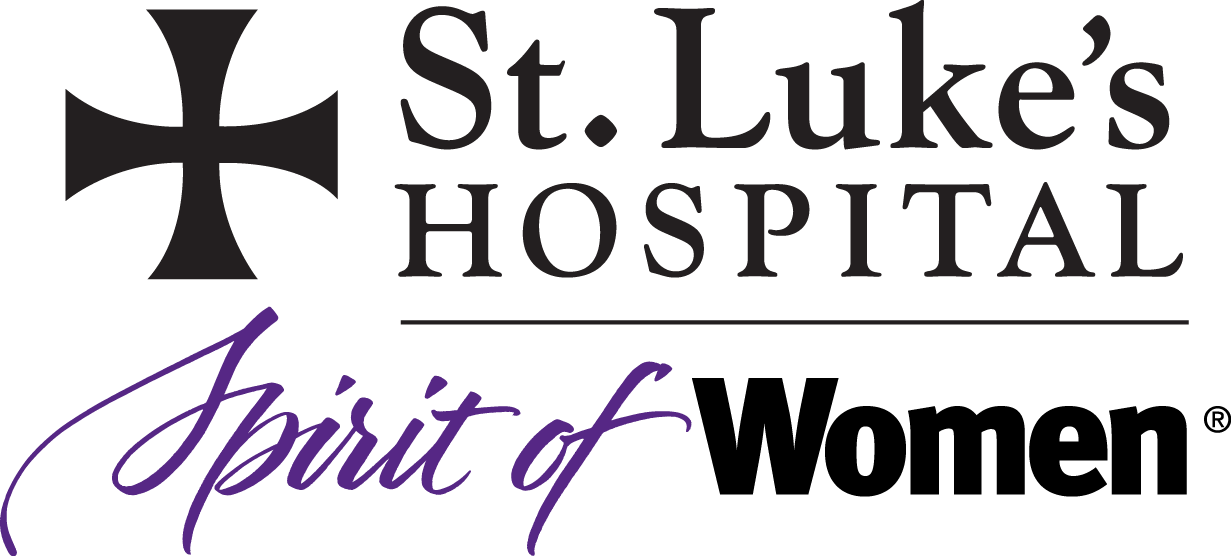Here's How You Can Do Your Part Against the Threat of Stroke
Every three minutes, someone dies of a stroke in the United States. They strike every 45 seconds, and strokes are the No. 3 cause of death in the United States, behind heart disease and cancer.
The statistics may be sobering, but new therapies, combined with better knowledge about preventing strokes, are brightening the picture. Here’s how you can do your part against the threat of stroke.
Anatomy of a stroke
Strokes involve a disruption in blood flow to the brain, which results in the death of brain cells and loss of brain function. The majority of strokes occur when a clot blocks one of the brain’s blood vessels. A smaller percentage of strokes result from a weakened blood vessel bursting and bleeding into surrounding brain tissue.
No time to lose
One of the confusing things about stroke is that its symptoms—such as dizziness, numbness or altered vision—may be relatively mild. Many times with a stroke people are waiting up to 12 hours to seek treatment. They think the numbness will go away.
That’s a major mistake with potentially life-altering consequences. For every second that is lost in seeking treatment for stroke, brain cells are lost.
Getting treatment
If you suspect a stroke, call 911 and get an ambulance immediately.
If the stroke is caused by a blood clot, the patient may be a candidate for the clot-dissolving drug Tissue Plasminogen Activator (tPA). But tPA must be administered within three hours of a stroke or the risk of hemorrhage becomes too great. Because of this short treatment window, only about 2 to 3 percent of stroke victims receive tPA.
Future stroke-fighting tools
In the future, hospitals may offer stroke victims a cocktail of drugs—tPA for clot busting along with neuro-protective drugs to treat the surrounding brain tissue by reducing inflammation and helping to prevent more cells from dying in the aftermath of stroke.
Many doctors are eager to see the development and approval of safer clot-busting drugs, such as Desmotaplase. It synthetically replicates a compound that comes from the saliva of vampire bats: When a vampire bat bites an animal, a clot-dissolving secretion in its saliva allows it to more easily drink the animal’s blood.
Doctors believe Desmotaplase has great potential because it concentrates on the clot site, reducing the chance of bleeding and extending the treatment window up to nine hours.
Reducing the risk
Although most people experience strokes in the later decades of their life, you can start reducing your risk any time. A healthy diet, regular exercise and routine check-ups are among the keys to prevention.
Managing blood pressure is especially important because hypertension or high blood pressure is the No. 1 risk factor for stroke. Cutting back on salt can help to lower high blood pressure. Experts recommend limiting salt intake to no more than one teaspoon or 2,400 milligrams a day. Handling stress effectively is critical too because uncontrolled stress can send your blood pressure skyrocketing.
High blood cholesterol levels, smoking, and being overweight are other stroke risk factors. Sleep apnea—characterized by breathing interruptions during sleep and loud or irregular snoring—may signal an increased risk of stroke and should be checked out by a medical professional.
Stroke warning signs
• Sudden weakness or numbness of the face, arm or leg, especially on one side of the body
• Sudden confusion, trouble speaking or understanding
• Sudden trouble seeing in one or both eyes
• Sudden trouble walking, dizziness, loss of balance or coordination
• Sudden, severe headache with no known cause
Source: American Heart Association
